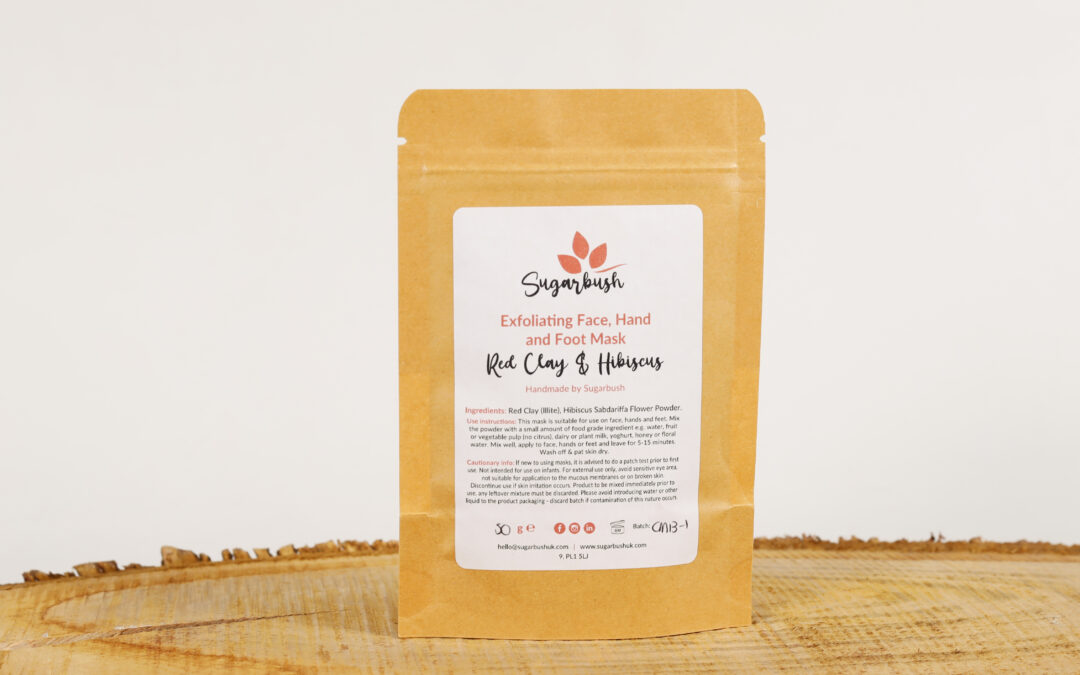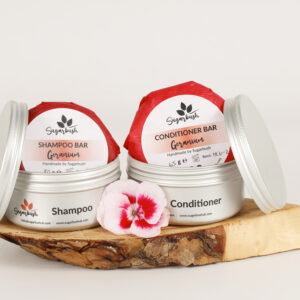Labels on cosmetics are no less challenging to interpret than those we find on food. If you’re anything like me, you tend to give it a cursory glance unless you’re worried about the presence of certain ingredients like parabens. But should you be paying closer attention to that content? The short answer is probably yes! In this blog, I’m going to run through the key information on cosmetics labels and why it’s worth looking a little deeper.
What are the main elements on the product labels?
All cosmetic products are subject to UK laws to ensure they are safe. Product labels are only one small aspect of compliance that all formulators must adhere to. Certain information MUST be on the label to conform to the relevant legislation. These include:
1. Ingredients
Ingredients are usually listed in descending order of weight, listing the INCI (International Nomenclature for Cosmetic Ingredients) names. These often look complicated but specifying INCI names ensures that a consumer can precisely identify each ingredient, no matter where they are in the world. Some products will show the INCI name and the common name. For example: Prunus Amygdalus Dulcis Oil (Sweet Almond Oil). If there are a lot of ingredients and limited space, it’s likely that just the INCI name will be present i.e. Prunus Amygdalus Dulcis Oil.
There is a standard format which stipulates the list should:
- Be preceded by the word INGREDIENTS.
- Ingredients should be listed in order of weight in the finished product.
- Names are from the INCI system and colours use the Colour Index Number (CI Number).
- If a product is fragranced with botanicals, such as essential oils which contain allergens (naturally occurring compounds), these have to be declared on the label depending on the volume in the final product. Leave on products like lotions and creams must list allergens if they are present at or over 0.001% of the volume whereas wash off products like soaps need only list allergens present at or over 0.01%. Examples of allergens are linalool, citronellol, geraniol.
If you are sensitive to any particular chemicals, checking the ingredients is your first priority. To help you, Cosmetics Europe has launched a consumer database that list 30,000 base ingredients commonly found in cosmetics. Details can be found here: https://cosmileeurope.eu/
2. Contents & what the product is
This may sound obvious but sometimes it’s not. If a function of a product isn’t clear from the product name, instructions for use will also be present somewhere on the label. A great example of this is lotion bars. Being a new concept for many, I had several cases of testers trying to wash with the bars because they assumed it was a soap (similar shape!). Stating usage instructions helped clarify the situation. For the record, trying to wash with a lotion bar = sticky, oily mess!
3. Any warnings that are required on how to use the product safely
Some ingredients carry specific, mandatory warnings. These are usually issued to a formulator when a particular product is assessed for safety. You’ll notice that the majority of cosmetics or skincare items will have warnings such as “for external use only, avoid direct eye contact, not for application to the mucous membranes or on broken skin, discontinue use if irritation occurs”.
4. “Period after opening” or “Best Before”
If a product has a lifespan of less than 30 months, the “best before end date” (typically shown as BBE or Exp) must be shown. But, if the shelf life is longer than 36 months, cosmetics must show the “period after opening”, often represented as an open jar symbol with the time in months inside or alongside it. This tells a consumer the time in months when the product will remain in good condition after the product has been used for the first time.
5. Net contents
Legally, the net contents of a product at time of filling must also be shown on the pack unless the item is less than 5ml or 5g or a free sample. For cosmetics, this will either be in grams (g) for solids and millilitres (ml) for liquids. The “e” mark might also appear if a product has been filled using the “average fill system” in accordance with EU Legislation. This essentially means that the average quantity of product coming from the same batch is equal or greater than the quantity mentioned on the packaging. The volume refers only to the product and does not include the packaging, or materials used to protect it.
6. Batch codes
Handmade cosmetics also include details like batch codes so that at any time, a single item can be traced back to the final batch but also the individual ingredients that were used to create the batch. I’ll be writing a blog soon about cosmetic law and compliance for those that are interested which will go into greater detail about these finer points.
Conclusion
Understanding product labels is crucial for making informed choices about products you use. Many of the key point above are relevant to cleaning products too, especially as we absorb so much through our skin. While many may overlook this aspect, it becomes especially important for those with skin sensitivities or allergies. Even if you don’t typically scrutinise labels, having the knowledge to decode them empowers you to make better decisions for your skin’s health. So, next time you pick up a skincare product, take a moment to check the label—you’ll know exactly what to look for and why it matters. Your skin will thank you!
Further information for consumers can be found here:
The Facts About Cosmetics Website – https://www.thefactsabout.co.uk/
Cosmetics Europe – https://cosmeticseurope.eu/
Cosmetics Info – https://www.cosmeticsinfo.org/






